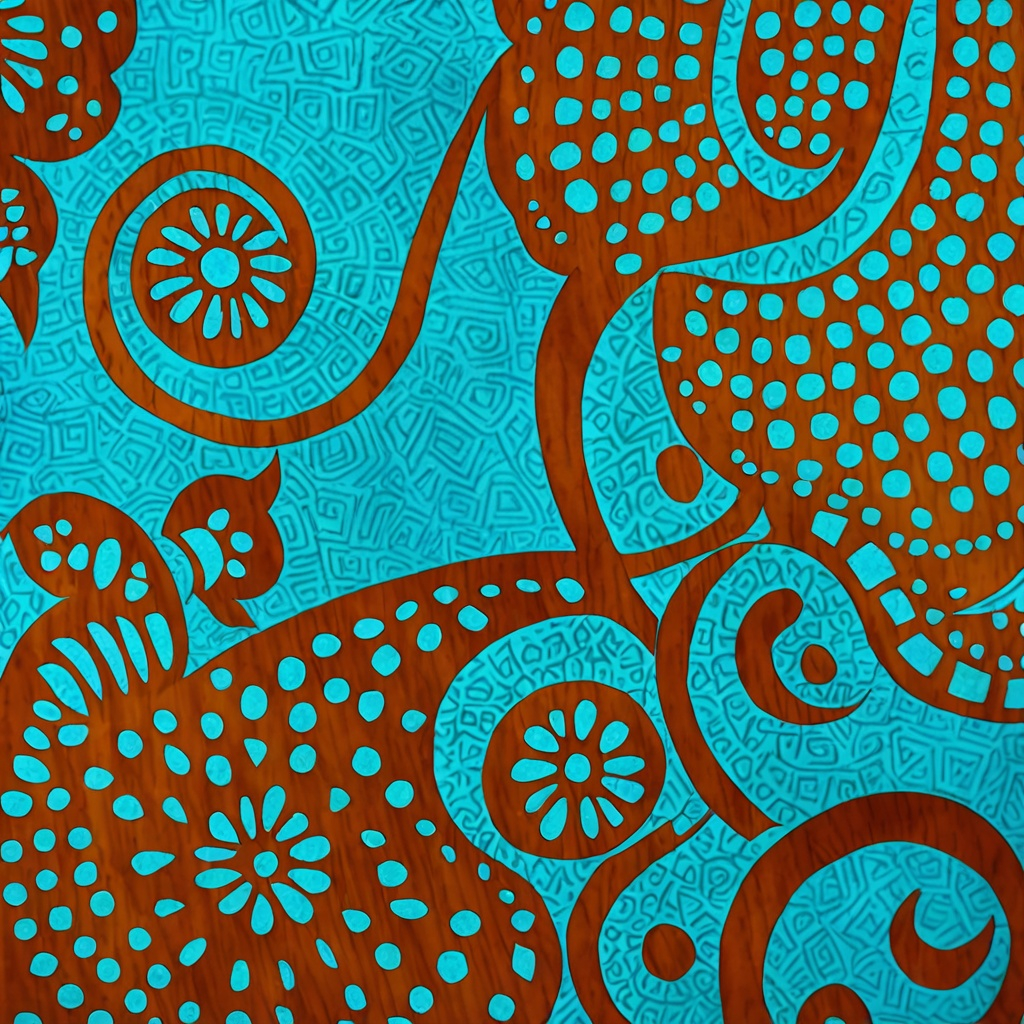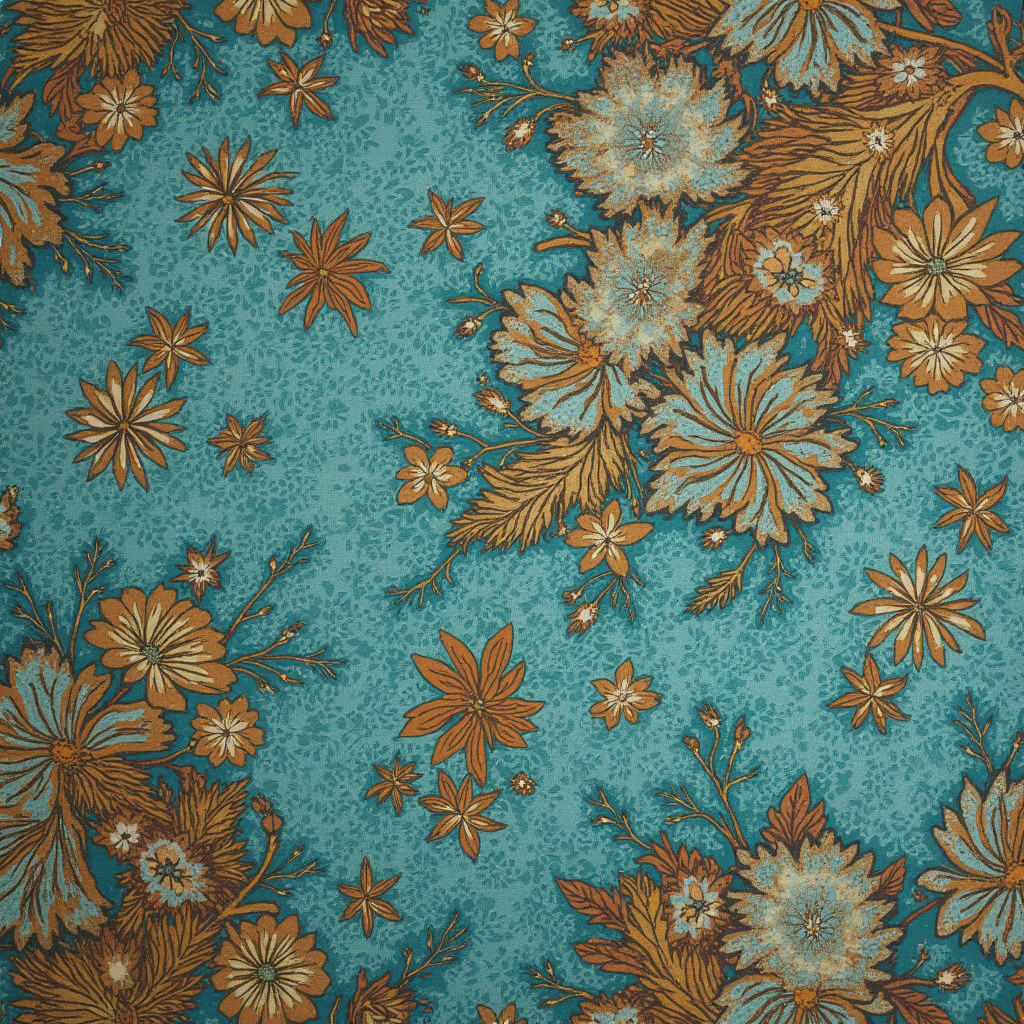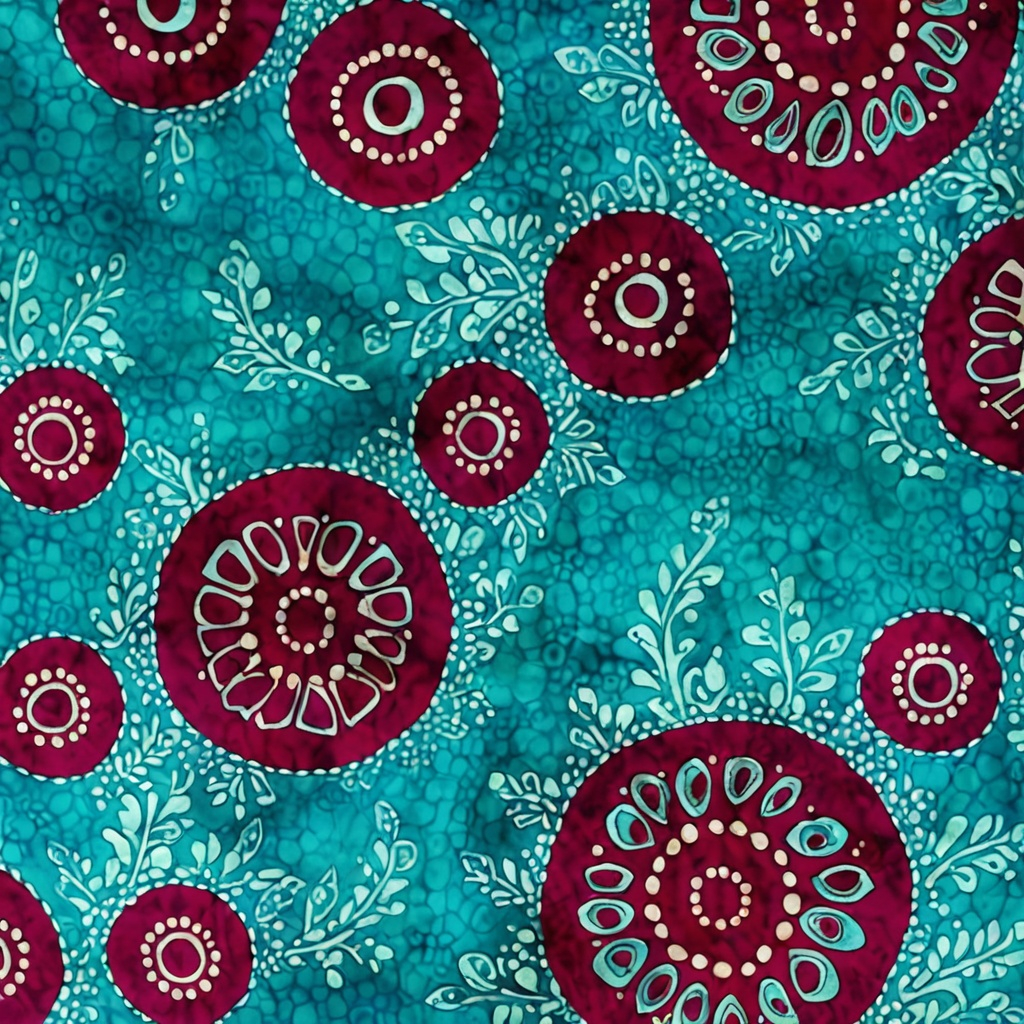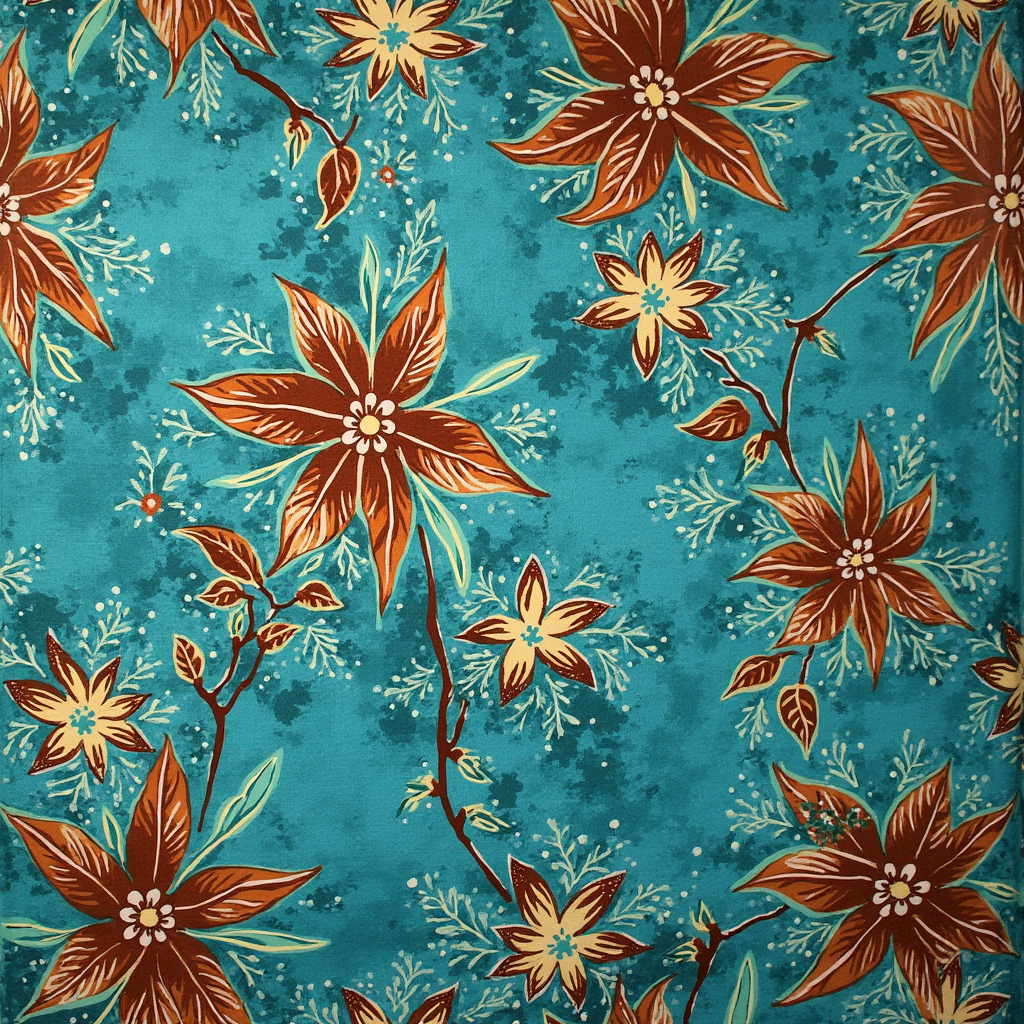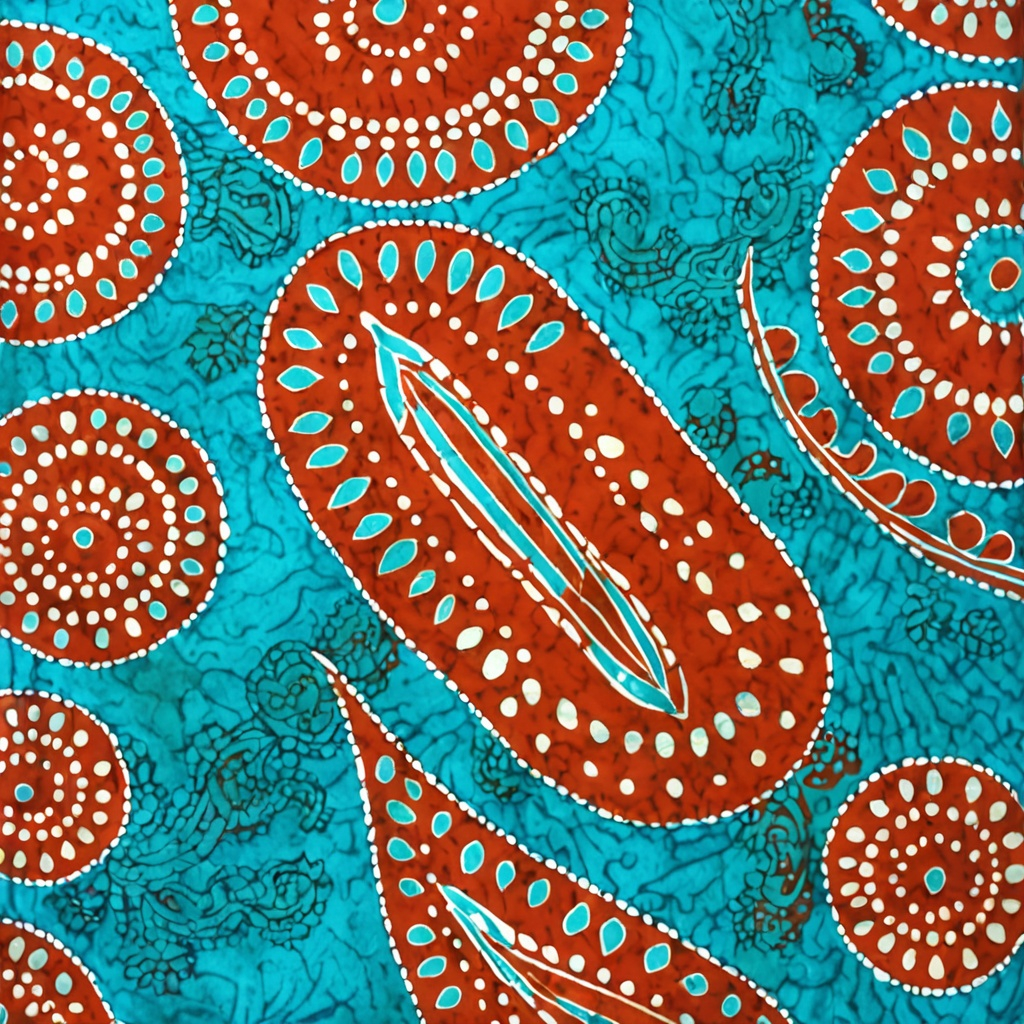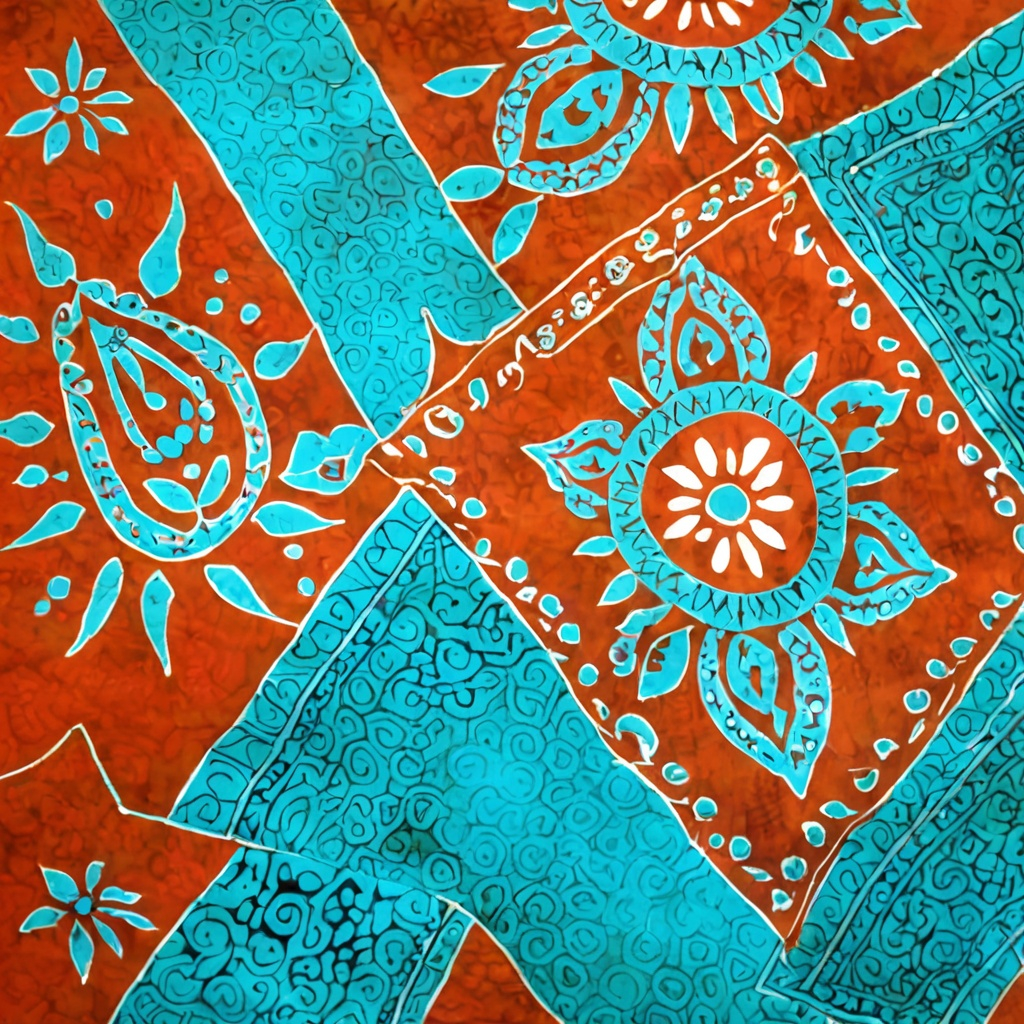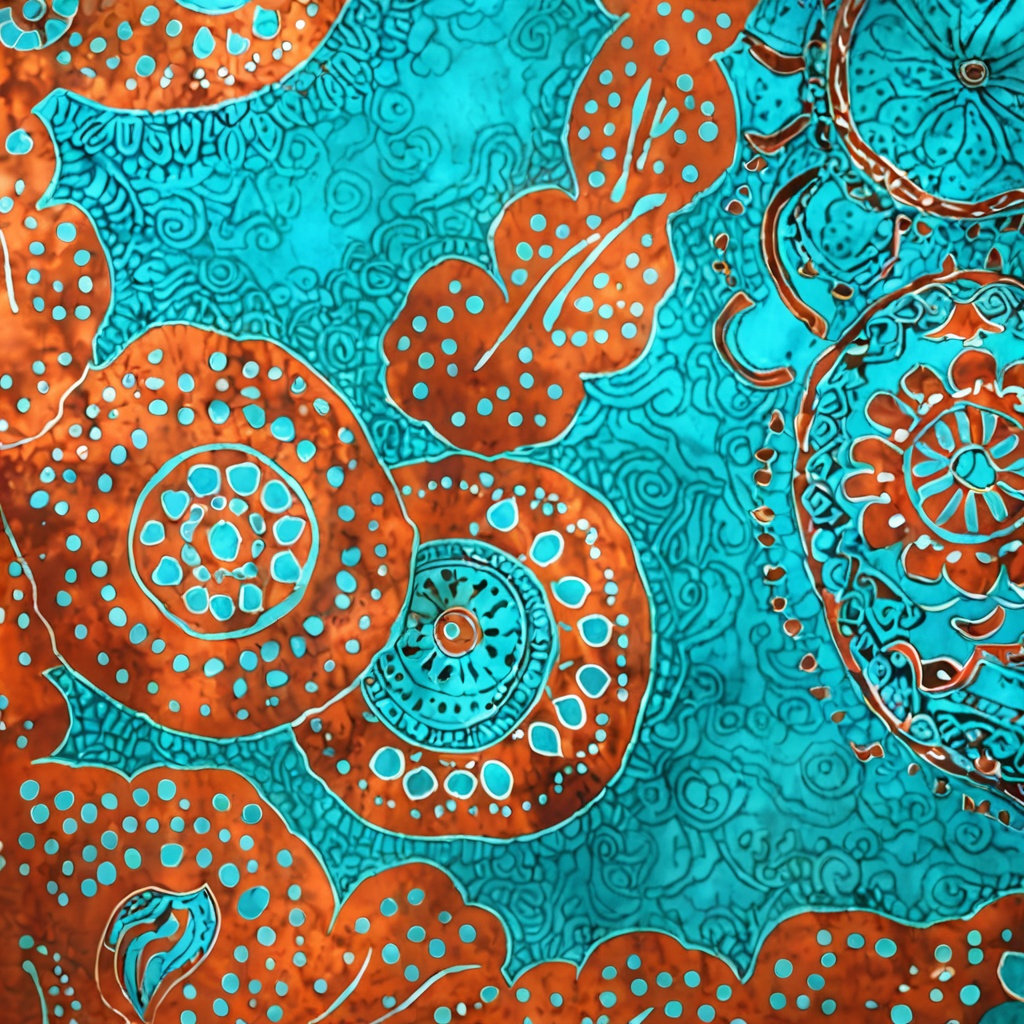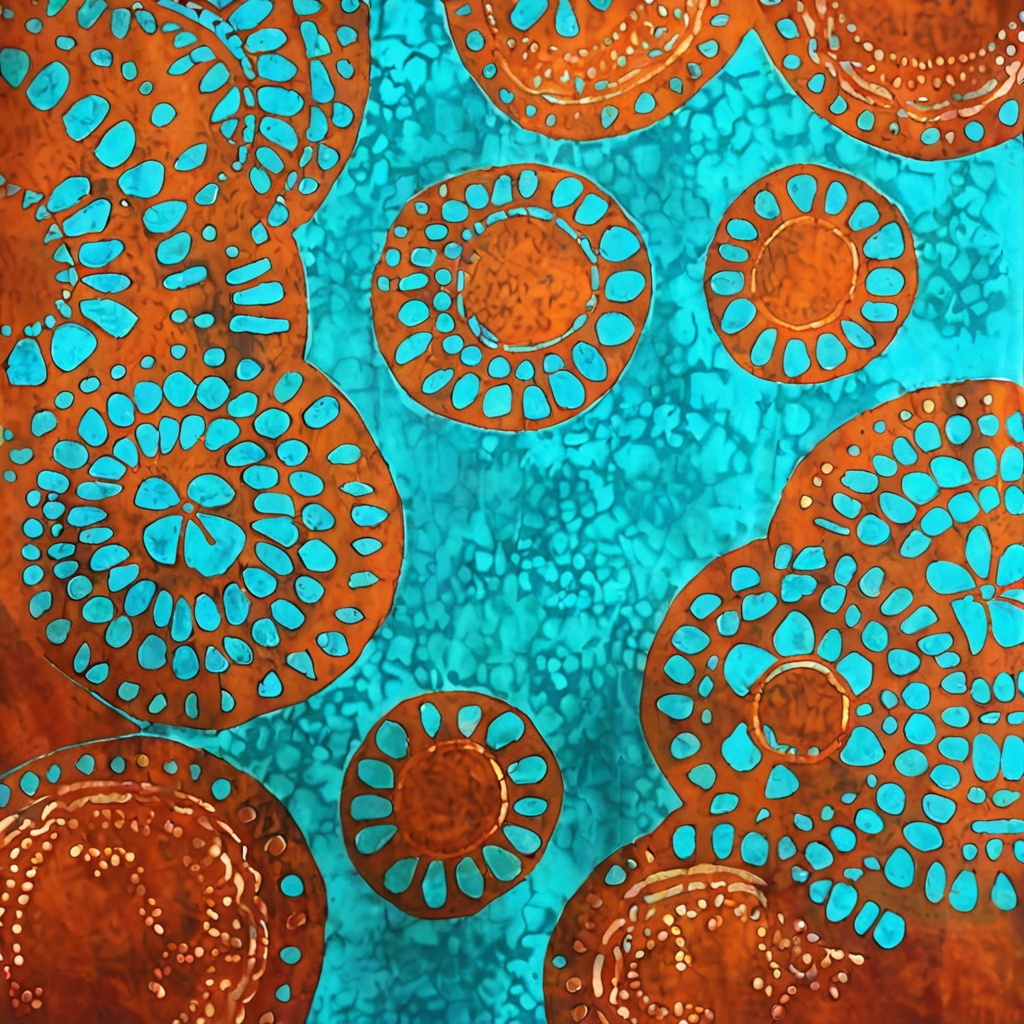I was born in New York City, to a mother who identified and looked White and an Black Indigenous father who identified as “Negro”, the politically correct word of that time. Measuring Indigenous blood quantum on my father’s side of the family has always been an inexact science. Measuring African blood quantum was never an issue thanks to the “One-Drop Rule” (one drop of African blood makes you Black/African-American) imposed by the US context in which we lived.
Suffice it to say that both my father’s parents were mixed race with African, Indigenous, and European ancestry and it is unlikely that anyone from my great grandparents on knew the exact percentages of any of it. Being enslaved can do that to a family. My father’s parents died when he was young so his paternal “half-Black half-Cherokee” grandmother raised him and his siblings in a small Black community outside of Staunton, Virginia.
His father, my grandfather, was career military and taught at Alabama’s Tuskeegee University for most of his adult life. (His eldest son, my uncle, was a decorated Tuskegee Airman.) I learned in my fifties that my grandfather was also mixed race with Black and Seminole heritage but I know few details of his life, other than that between fathering his second and third (out of five) children, he served six years in prison for a sexual assault that may have been legally classified as “statutory rape.”.
My father’s great grandmother had been enslaved since birth alongside Black, Indigenous folks, and mixed Black-Indigenous folks on the Reynolds tobacco plantation. She was still a child at the time of Emancipation. My great grandmother was aware of her Cherokee heritage but not connected to any Indigenous community, as was the case with most of the mixed race Black-Indigenous folks in Staunton – and there were many.
My great grandmother raised my dad as a Baptist, although various gems of what I now recognize as Indigenous wisdom permeated her parenting, whether from the African or Cherokee traditions, I couldn’t say. I, however, was raised in an urban environment at the height of both the Civil Rights and American Indian movements. I spent several summers at my great grandmother’s home outside of Staunton, where I learned the rules of how to survive the remnants of Jim Crow. (Attitudes did not magically shift after the Civil Rights Act passed as the battle for desegregation began.)
While I was raised to be aware and proud of my Indigenous heritage, it was never presented to me as my primary cultural identity. MY parents encouraged me to identify as multiracial, which threatened to leave me friendless in a highly racialized society. Though I vaguely recall experiences of social or ceremonial gatherings when visiting Staunton as a small child, what I learned of Cherokee and Indigenous peoples generally came primarily from books – liberal and sympathetic, yet written from a Eurocentric worldview. In the meantime, I lived an urban lifestyle in segregated Black or Hispanic neighbourhoods of NYC and Philadelphia. Most Black and Hispanic people I knew acknowledged Indigenous heritage, but it never formed the core of their cultural identities, a consequence of the genocide project perpetrated in the Americas. In fact, when I was growing up, identifying as “Black Indian” was often seen as an attempt to claim light-skinned privilege.
With the Black Power movement at its height, I identified simply as Black in my high school years. Though when it came up, I never denied Indigenous ancestry. However, I was never presented with an opportunity to embrace the culture, connect with an Indigenous community, or develop a relationship with the land.
As for my mom, she was the daughter of a Portuguese woman whose migrant parents died when she was a child. My maternal grandmother was literally “farmed out” to a family who treated her as part of their workforce for some years until an older sister turned 18 took custody. My grandmother met her husband, my maternal grandfather, after he’d fled his abusive Amish family at the age of 12 and was hired to work at the same farm.
Themselves traumatized and lacking parental role models, my grandparents were abusive to my mother. Though my grandfather was a card-carrying member of the Ku Klux Klan, the most brutal violence my mother suffered came from her mother, who denied her Portuguese heritage in favour of an “American” identity. Through genetic testing my mother would later learn she had North African and Middle Eastern heritage, so grandma was probably over-compensating for her darker-than-average “white” skin.
Though raised in a Protestant tradition, my mother converted to send me and my siblings to Catholic school because the academic standard was higher than in New York’s public schools. She also regarded Catholic schools as “safer,” though I have never before or since experienced anti-Black racism as vicious as I did in the predominantly White Catholic school from students, teachers, and parents alike. I was in the public system by the time I went into high school, being bussed from a Black community outside Philly in an effort to integrate into a formerly all-White suburban school. Let us just say it was a traumatizing yet character-building experience. It was in this phase of my life that I disavowed Christianity and made a commitment to political activism, specifically to the Civil Rights and Black Power movements.
These movements shaped my thinking when it came to studying history and interacting with other Indigenous people. My familiarity with the American Indian Movement (AIM) was a long-distance one. My family supported local fundraising and information sharing activities but I cannot say that we thoroughly understood the fundamental struggle.
Later, a a student at University of Toronto, I was politically active in solidarity work with Central American struggles (a manifestation of Indigenous resistance to the genocide there) and the South African anti-apartheid movement. Unfortunately, I did not feel a sense of belonging in Toronto’s Black communities, most of which at that time hailed from the Caribbean or Africa, and were very much affiliated with Christianity or some branch of the agnostic Left.
It wasn’t until my mid-thirties that I put effort into exploring my Indigenous heritage, attending events, teaching circles, and drumming programs in pan-Indigenous Toronto. I was welcomed into the community and urged to identify proudly as Black Cherokee. I attended cultural programming at the local friendship centre and Anishinabe Health Toronto. The late Elder Pauline Shirt (Saddle Lake Cree) took me on as her Helper and mentored me in Midewin practices for about a year. I sang with the late Elder Grafton Antone (Oneida on the Thames) in Toronto’s water drum group Wa:ha:hi:io and learned some culture and language in the process. Various other Elders that worked in Toronto have informed my community and artistic work over the years.
By the early late 1990’s I had become an urban activist for Indigenous causes, organizing actions, education and fundraising events for land based struggles and organizations addressing Indigenous political issues. I also had the privilege of earning a Curanderismo certificate from the University of New Mexico program. The vast majority of those instructors hailed from mestizo populations of Mexico, New Mexico and Texas. Local Indigenous folks also contributed to the curriculum. Hence, I was formally educated in a variety Indigenous knowledges and practices from that region. The more I learned of Indigenous cultures, spiritualities and histories the less comfortable I felt in Black communities. While I will never deny my Black heritage, of which I am proud, being raised in the US and having abandoned Christianity, leaves me culturally disconnected from most Black Canadian communities I encounter, especially now that I live in Nogojiwanong, Ontario.
Neither, though, do I really fit completely into the Anishinaabeg and Haundenosaunee communities that I’ve worked and sang with. The lack of a FN community that claims me or with which I could identify means that there are boundaries I dare not cross. Though a kindly Anishinabe Elder once assigned me to the Bear Clan, as a community worker, author and musician I realized I was not eligible, qualified nor entitled to take jobs, funding or opportunities allocated to Indigenous people. That is not a complaint as I believe that is appropriate. If it is relevant also make sure folks know my story when I apply for a job or take on a responsibility.
For anyone who cares about genetic testing, my “Native American” heritage came in at 14% and no nation is specified. My African roots hail from north, west and east Africa, totalling 33% of my genetic makeup. As so many have pointed out previously, however, genetics means little if you are not claimed by and well-connected to a community. (For the curious, I am also 33% European, from various regions of the continent but have never been fully accepted into White spaces, not that I have desired it. This is a common mixed race experience.) As most folks are aware at this point, genetic testing is not the best foundation on which to quantify blood quantum or claim ethnicity.
Today, though theoretically, wiser I struggle as much with identity issues, personal and political, as I did when I was 15. My Indigenous worldview makes it difficult for me to interact as an intimate in urban Black communities. My lack of connection to a landed Indigenous community makes it difficult for me to find a complete sense of belonging in Indigenous circles. I constantly grapple with the implicit responsibilities of having Indigenous ancestry from both Turtle Island (North America) and Africa, as well as coming to an understanding of Indigeneity through intellectual processes, oral teachings, and occasional ceremony rather than lived experience on the land.
In general, I see my journey as one of many Indigenous and Black stories lived out in the context of colonialism and genocide. Over the years, the way I have identified has shifted as I was informed by various and sometimes conflicting family stories, political dynamics of the moment, and guidance from Black and Indigenous activists with whom I have interacted. These days I identify as Black with Cherokee and Seminole heritage. I do not have status or band membership and have never lived in a Cherokee or Seminole community. There is no community, Black or Indigenous that claims me.
It’s not a story that entitles me to claim membership in any community but it is my story.

